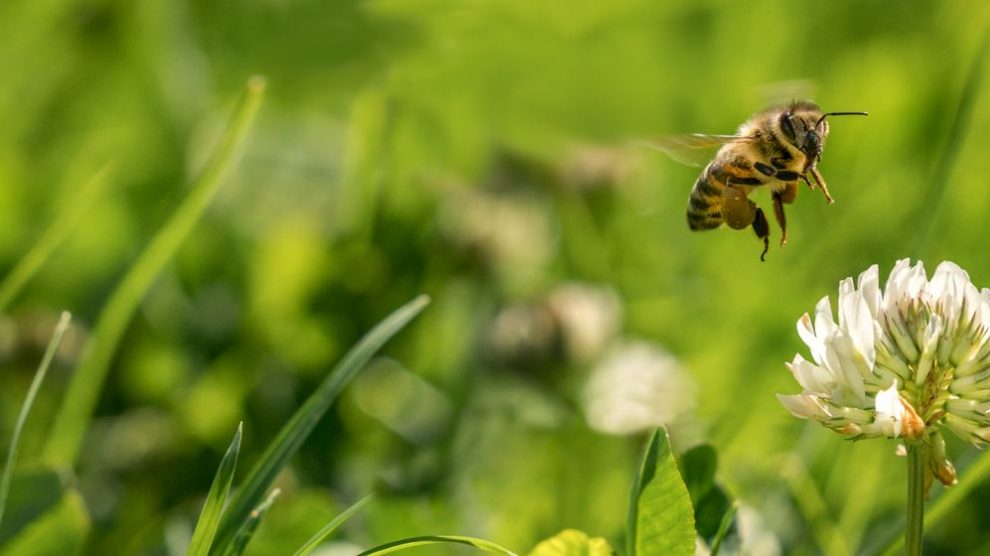Written by Graeme Davis
One of the benefits of lockdown was less grass cutting, especially on council road verges and the like. This had a marked benefit on the UK’s declining wildlife and was welcomed by leading wildlife charities who hope that local governments and the public will change their attitudes towards the environment. Garden Tiger moth’s alone in the UK have undergone a 92% decline since 1968 and are one species that may increase due to less cutting.
There are a few things you can do at home to help our failing wildflower and insect populations. Plantlife and the National Trust are promoting a scheme to give Nature a fighting chance called ‘ No Mow May’.
Biodiversity in the UK can win even from tiny changes to the way we live. Gardens make up a large amount of the landscape area and can be invaluable to wildlife as more land is lost from the greater countryside. Even leaving a tiny spot of the garden to grow wild can help declining bees, butterflies, moths and other insects. Plantlife have stated that changing your mowing regimes can provide nectar for ten times more bees and other insects.
Less mowing can allow plants in your garden like speedwell’s, daisies and clover’s to flower providing nectar, and other plants left in longer vegetation can provide food for hungry caterpillars. Some gardens may be able to even support rarer plants that you were unaware were there like orchids and saxifrages.
The National Trust are encouraging people to join in Plantlife’s ‘ No Mow May’ by creating ‘Scaremow’s’ to educate others of the benefits of leaving the grass to grow. Instructions on Scaremow’s can be found on the Trust’s website: here
Plantlife have asked people to leave their lawnmowers in the shed for the whole of May. At the end of May (23 rd – 31 st ) they are asking people to help in a little citizen science project by counting how many flowers are found in a random square metre of your lawn and entering the results online to see how many bees your garden can support Click here to read more
It would be lovely if people could share images of how your ‘No Mow May’ is working and what wildlife you have spotted in your Andover garden meadows.
Please email us your garden photos to community@loveandover.com





















